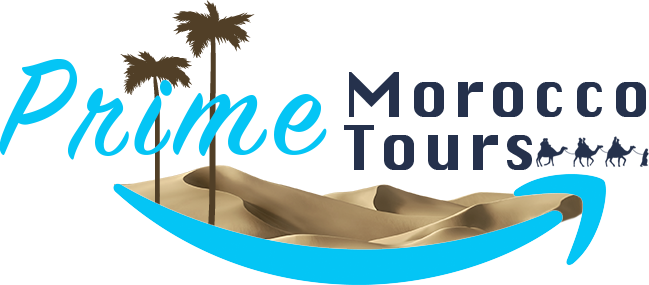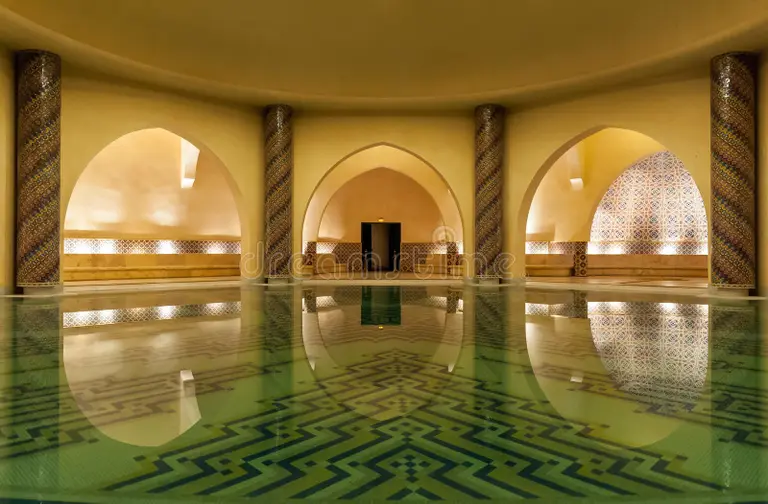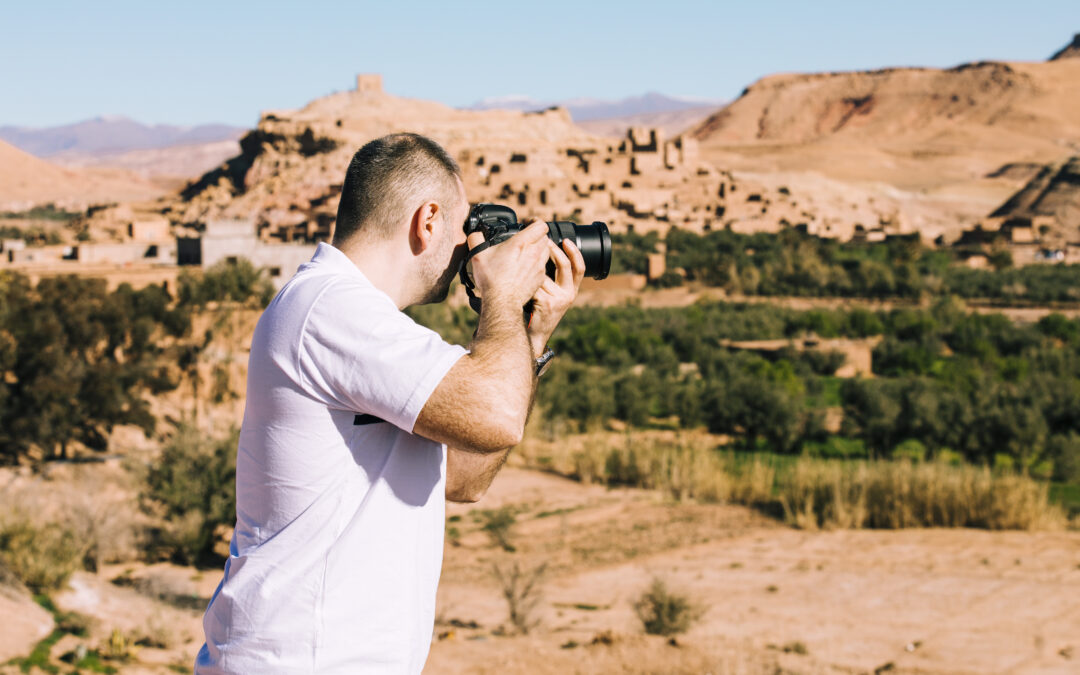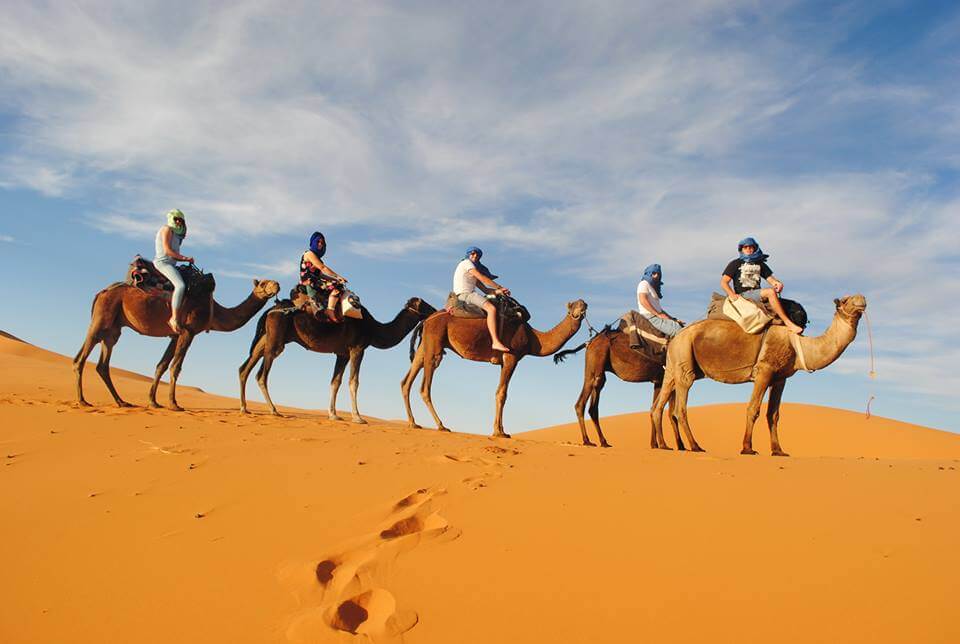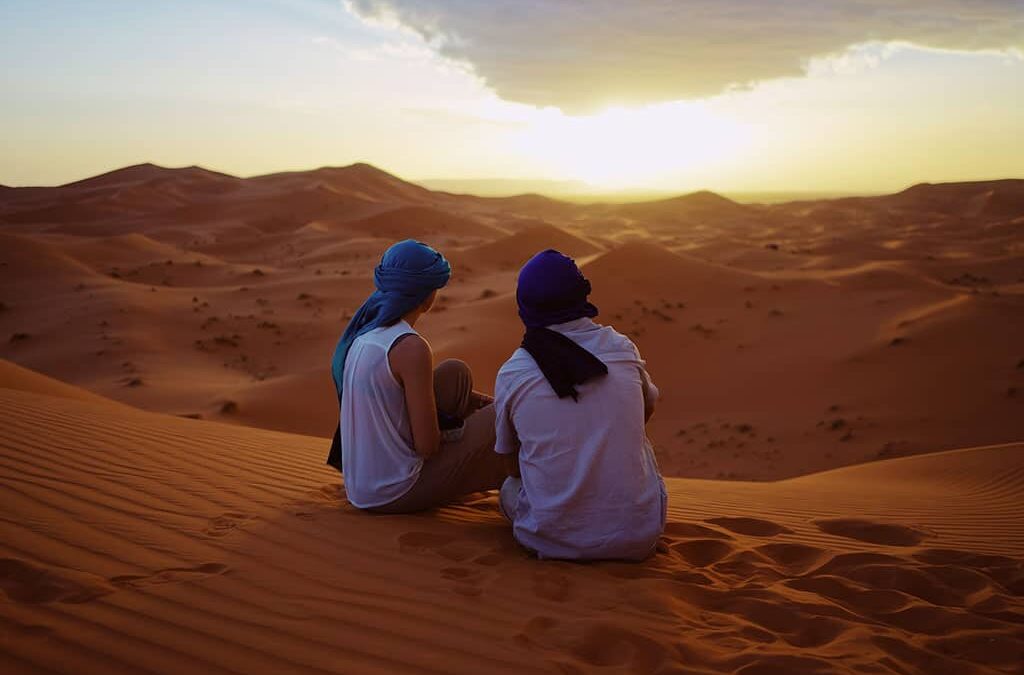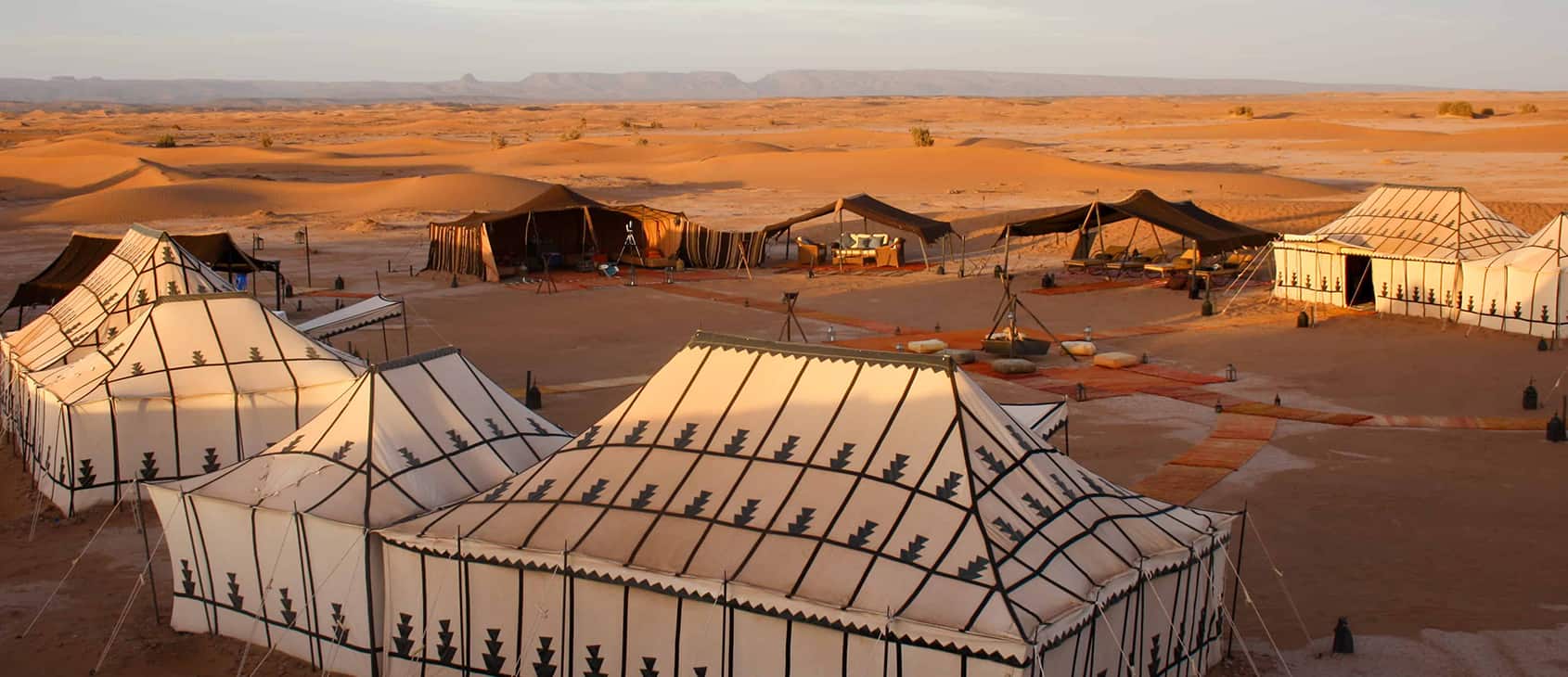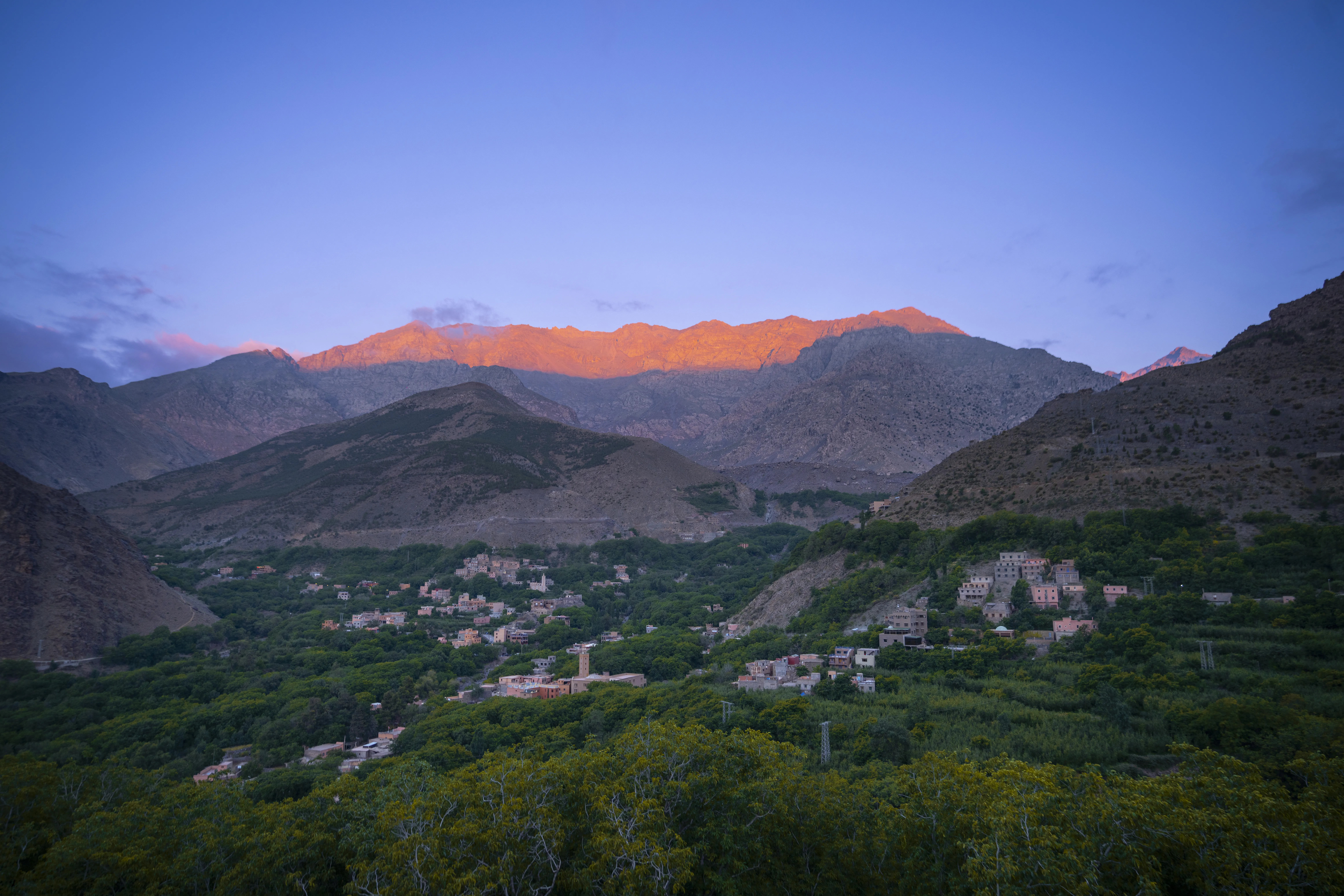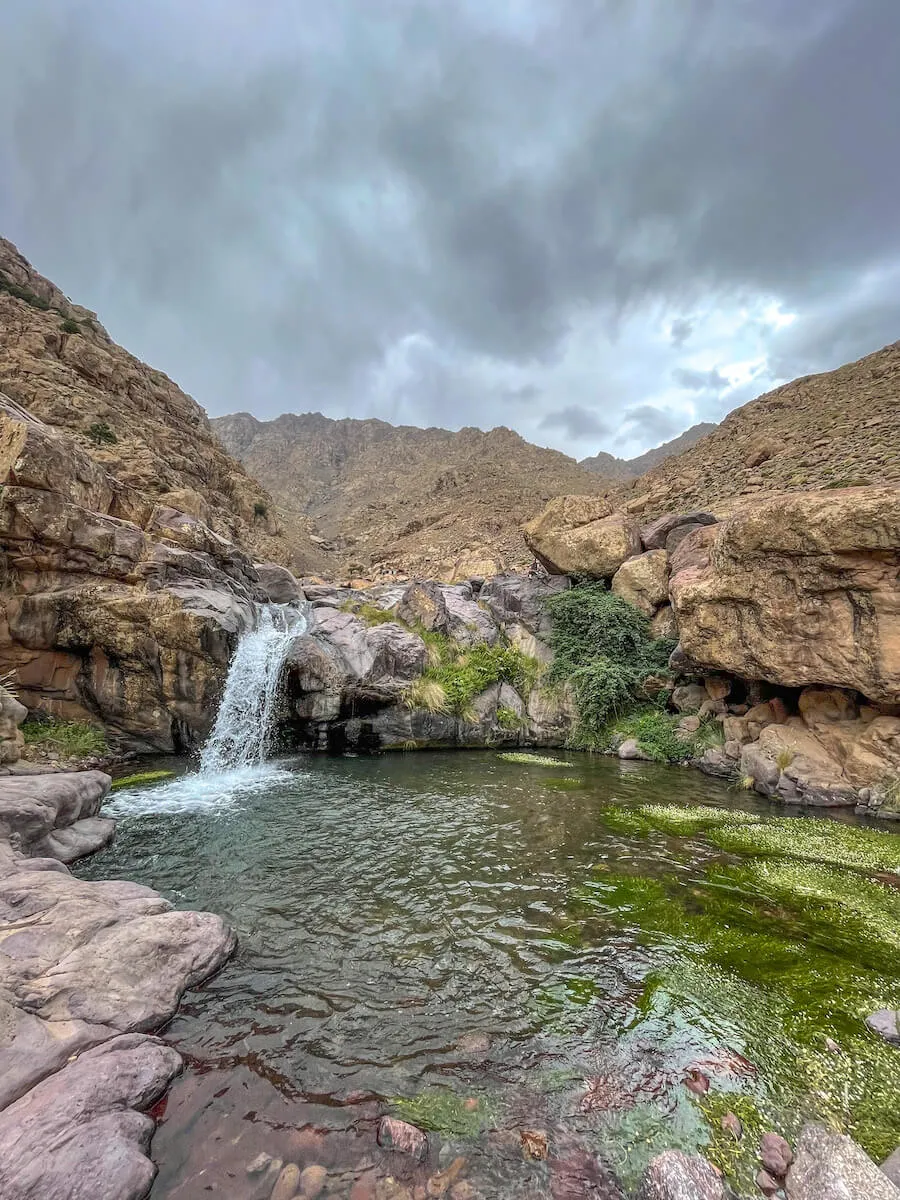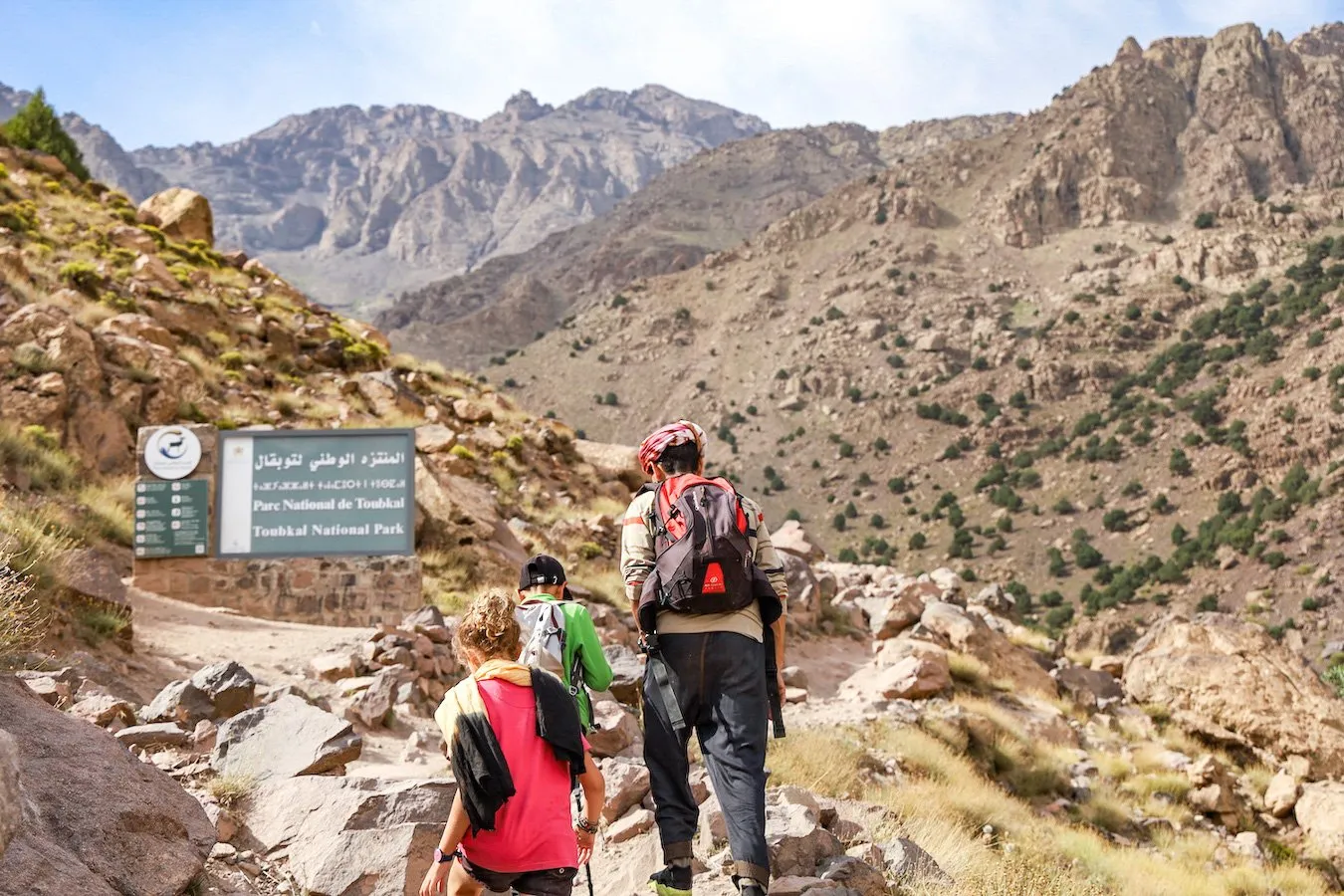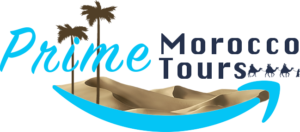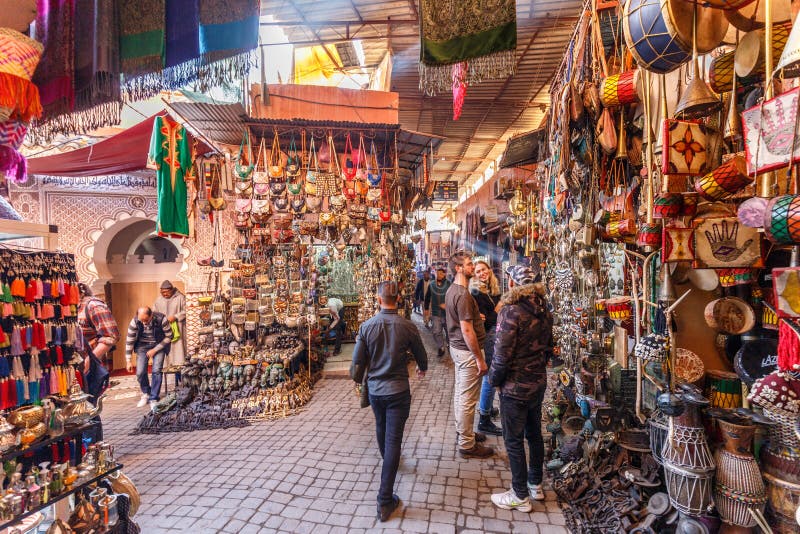
Souk Secrets: Your Guide to Stress-Free and Ethical Shopping in Morocco
Souk Secrets: Your Guide to Stress-Free and Ethical Shopping in Morocco
Morocco’s souks represent some of the world’s most vibrant and captivating marketplaces, offering an astonishing array of handmade crafts, aromatic spices, and unique treasures. However, these bustling traditional markets can also feel overwhelming for visitors unfamiliar with local customs and shopping practices. This comprehensive guide reveals everything you need to know to transform your souk experience from potentially stressful to genuinely enjoyable, while ensuring your shopping practices respect local artisans and contribute positively to Morocco’s cultural heritage.
Understanding the Souk Culture
Morocco’s souks represent much more than simple shopping destinations—they function as living museums of craftsmanship, social hubs where communities gather, and economic engines that sustain traditional arts passed down through generations. These marketplaces typically organize themselves by craft, with specific alleys dedicated to leatherworkers, metalworkers, textile artisans, and spice merchants. This arrangement reflects the medieval guild system that still influences Moroccan craftsmanship today. The souk experience involves understanding that bargaining represents not just economic transaction but cultural ritual—a dance of offer and counteroffer that, when conducted properly, creates mutual respect between buyer and seller. The chaos of the souks follows its own internal logic, with the most valuable items often hidden away and brought out only for serious buyers. Appreciating this cultural context transforms your shopping from mere consumption to cultural exchange, helping you understand that the journey matters as much as the purchase in these ancient marketplaces.
Identifying Authentic Moroccan Crafts
Mastering the art of respectful bargaining ensures fair prices while maintaining positive relationships with local artisans. Begin by understanding that initial prices typically include significant bargaining margin, often 30-50% above expected final price. Start negotiations by offering approximately half the asking price, then gradually increase your offer while the merchant decreases theirs until reaching mutual agreement. Always conduct negotiations with good humor and respect—anger or frustration violates cultural norms and ensures worse deals. Remember that fair prices consider both quality and the artisan’s need for living wage—extremely low prices often mean someone in the supply chain gets exploited. For high-value items like carpets or leather goods, consider visiting government-run Ensemble Artisanal stores first to understand fair price ranges before souk bargaining. When purchasing from individual artisans, ask about their craft and production process—artisans who can detail their work typically sell genuine pieces at fairer prices than those who simply move mass-produced goods.
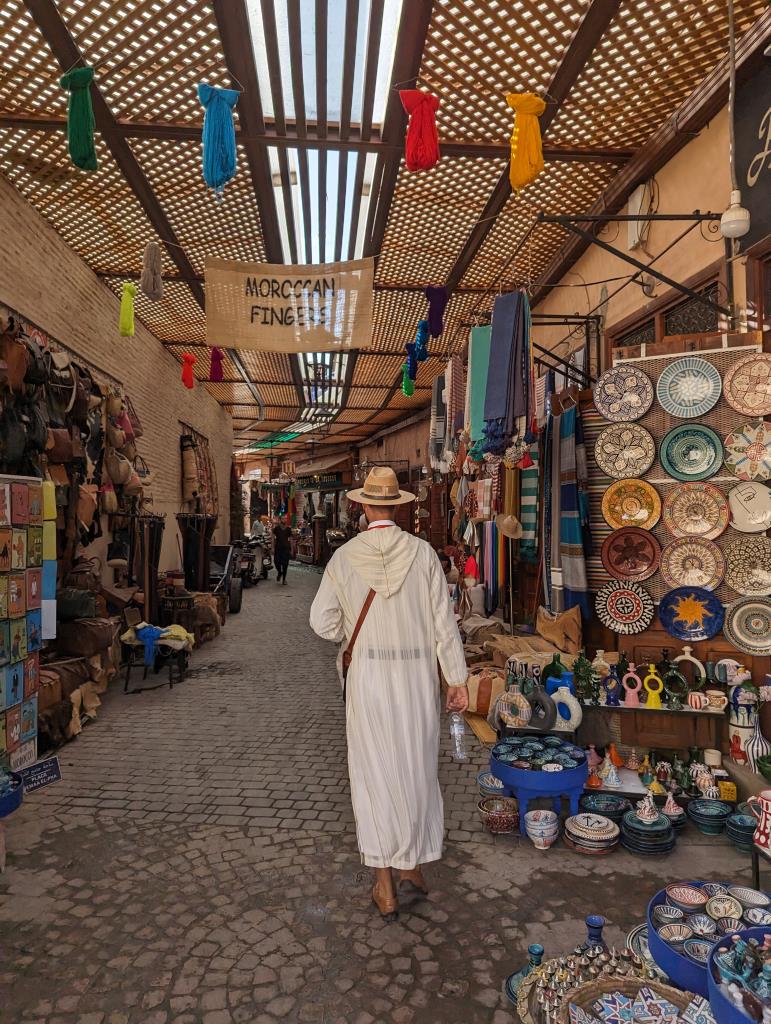
Navigating Major Souk Districts
Each Moroccan city features distinctive souks with specialized offerings and different bargaining cultures. Marrakech’s souks behind Jemaa el-Fna offer the country’s most extensive selection but require the most bargaining skill—focus on the smaller side alleys for better prices and less pressure. Fes el-Bali’s medieval souks provide more authentic experiences but can be confusing to navigate—consider hiring an official guide for your first visit. The souks in Essaouira specialize in thuya wood products and offer a more relaxed shopping atmosphere with less aggressive bargaining. Tangier’s markets feature more European influence and higher fixed-price shopping, while Chefchaouen’s blue-washed souks specialize in wool products and local crafts at generally reasonable prices. For specific items, head to specialized areas: the leather souk in Fes, the carpet souks in Marrakech’s Mouassine district, the metalworkers’ quarter in Tangier, and the spice markets near any major medina. Understanding these regional differences helps you plan your shopping strategy and expectations accordingly.
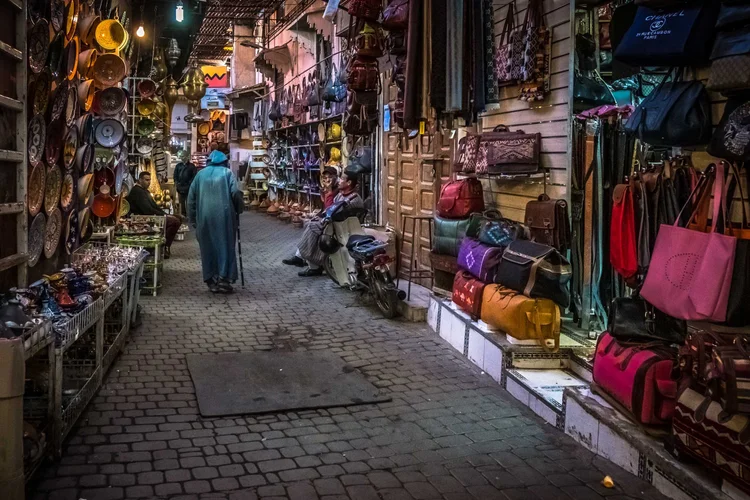
Top Souks and Shopping Destinations
Morocco’s shopping scene offers an extraordinary diversity of experiences, from the labyrinthine medieval markets of Fes to the vibrant, colorful souks of Marrakech and the specialized craft villages scattered throughout the country. Each destination presents unique opportunities to acquire authentic handicrafts while immersing yourself in centuries-old trading traditions. This expanded guide provides detailed insights into Morocco’s most remarkable shopping destinations, helping you navigate their distinctive characteristics and make the most of your retail exploration.
Marrakech: The Red City’s Shopping Extravaganza
Marrakech stands as Morocco’s most famous shopping destination, a dazzling array of souks that form a massive commercial maze behind the iconic Jemaa el-Fna square. The main souk area divides into specialized sections: Souk Semmarine serves as the primary artery, lined with shops selling everything from leather babouches to lanterns and textiles. As you delve deeper, Souk el Attarine specializes in spices and perfumes, where mounds of saffron, cumin, and ras el hanout create vibrant displays of color and aroma. Souk Haddadine represents the metalworkers’ quarter, filled with the rhythmic hammering of craftsmen creating intricate lanterns and tea sets. Souk Smata focuses exclusively on traditional footwear, featuring row upon row of colorful leather slippers in every conceivable design. For carpet shoppers, Souk Zrabia offers the city’s finest selection of Berber and Arab carpets, where you can watch weavers demonstrating traditional techniques. Beyond the main souk, the Mellah (Jewish Quarter) hosts the city’s gold market, while the Gueliz district offers modern boutiques featuring contemporary interpretations of traditional designs. The secret to Marrakech shopping lies in exploring the smaller side alleys where prices are generally better and the experience more authentic than in the main thoroughfares.
Fes: The Medieval Shopping Experience
Fes el-Bali, a UNESCO World Heritage site, contains what many consider the world’s largest contiguous medieval market, a sprawling labyrinth that has operated continuously for over a thousand years. The souks here organize themselves with remarkable precision according to medieval guild traditions. Souk el Henna specializes in natural cosmetics and traditional medicines, where you can find everything from saffron and kohl to magical amulets. The famous tanneries quarter offers leather goods of exceptional quality, though visitors should be prepared for the pungent odors of natural dyeing processes. Souk Attarine, near the Qarawiyyin Mosque, represents the spice market where exotic scents fill the air and merchants display their wares in beautiful pyramidal arrangements. Souk el Blaghgia focuses on leatherworkers producing the city’s famous slippers, while Souk el Nejjarine features magnificent woodcrafts surrounding the beautiful Nejjarine Fountain. For metalwork, Souk el Haddadine echoes with the sound of craftsmen hammering brass and silver into intricate lanterns and tea services. Unlike Marrakech, Fes’s souks feel more authentic and less tailored to tourists, though bargaining remains essential. The city also hosts several respected fixed-price shops like Cooperative Artisanale where you can purchase quality goods without negotiation.
Essaouira: Coastal Crafts and Relaxed Shopping
Essaouira’s medina, another UNESCO World Heritage site, offers a completely different shopping experience from the imperial cities. The coastal town’s famous thuya wood workshops line the streets leading from the port, where craftsmen transform this fragrant, beautifully grained wood into exquisite boxes, chess sets, and decorative objects. The spice market near the main gates features excellent quality products at generally lower prices than in Marrakech, with the added advantage of sea air that enhances the aromatic experience.
The jewelry souk specializes in silver Berber designs rather than the gold more common in other cities, reflecting the town’s historical connections to sub-Saharan trade routes. Along the skala (seafront fortifications), artists display marine-inspired paintings and photographs that capture the town’s distinctive light and atmosphere. Essaouira’s shopping experience feels notably more relaxed than in larger cities, with less aggressive selling and more opportunities to watch craftspeople at work in their open-front workshops. The town also hosts several excellent cooperatives selling argan oil products and women’s cooperatives offering handmade textiles.
Atlas Mountains: Berber Crafts and Village Workshops
The High Atlas Mountains shelter some of Morocco’s most authentic shopping experiences, where you can purchase directly from Berber artisans in their home villages. The Ourika Valley hosts weekly markets where surrounding village residents trade livestock, produce, and handicrafts, offering a glimpse into traditional rural life. Asni and Imlil serve as gateways to mountain shopping, with small shops selling locally woven carpets and traditional Berber jewelry featuring distinctive geometric designs. The Tizi n’Tichka pass features roadside stalls selling mineral specimens, fossils, and rough gemstones from the surrounding mountains. In Télouet, near the famous kasbah, you can find beautiful hand-woven textiles featuring patterns unique to this region. The real treasures emerge when you visit home workshops in villages like Tafraoute or Tamegroute, where families have produced pottery for generations using techniques unchanged for centuries. Mountain shopping generally involves less bargaining and more fixed pricing, with the advantage of knowing your money goes directly to the producers rather than through multiple intermediaries.
Specialized Craft Villages and Regional Specialties
Beyond the major cities, Morocco boasts numerous villages specializing in particular crafts, offering exceptional opportunities for direct purchasing. Safi on the Atlantic coast represents Morocco’s pottery capital, where you can visit workshops producing the distinctive blue-painted pottery that has made the city famous. The Tamegroute oasis near Zagora produces unique green-glazed pottery using local clay and traditional wood-firing techniques. Tiznit serves as the center for silver jewelry production, particularly the elaborate fibulas (brooches) and bracelets worn in Berber ceremonies. Azrou, in the Middle Atlas, specializes in cedar wood carving, with workshops producing everything from intricate boxes to massive furniture pieces. The Rif Mountains around Chefchaouen offer excellent weaving cooperatives where you can purchase traditional striped blankets and garments. These specialized destinations allow you to observe craftspeople at work and purchase directly from the producers, often at significantly lower prices than in city souks while ensuring authentic craftsmanship.
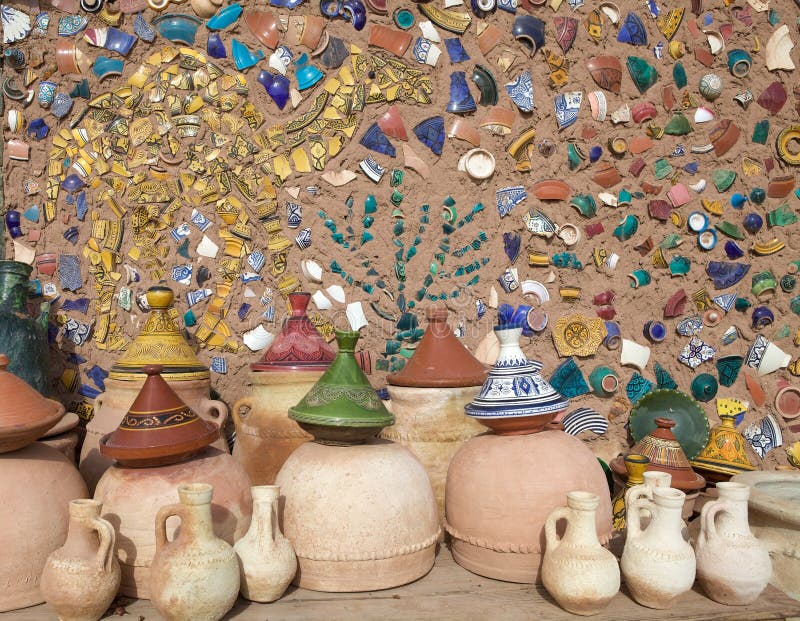
Etiquette and Health Considerations
For travelers who prefer stress-free shopping, Morocco offers excellent fixed-price alternatives to traditional souks. Ensemble Artisanale stores in major cities provide government-supervised retail spaces where prices are fixed and quality guaranteed, though at slightly higher prices than skilled negotiators might achieve in souks. Museum shops, particularly at the Museum of Marrakech and Dar Batha in Fes, offer high-quality reproductions of museum pieces with fixed pricing. Contemporary design boutiques in the Gueliz district of Marrakech and Anfa district of Casablanca feature innovative designers blending traditional Moroccan elements with modern aesthetics. For book lovers, the librarie des colonnes in Tangier offers an excellent selection of books about Morocco in multiple languages. These fixed-price options provide peace of mind for those uncomfortable with bargaining while still offering authentic, quality products.
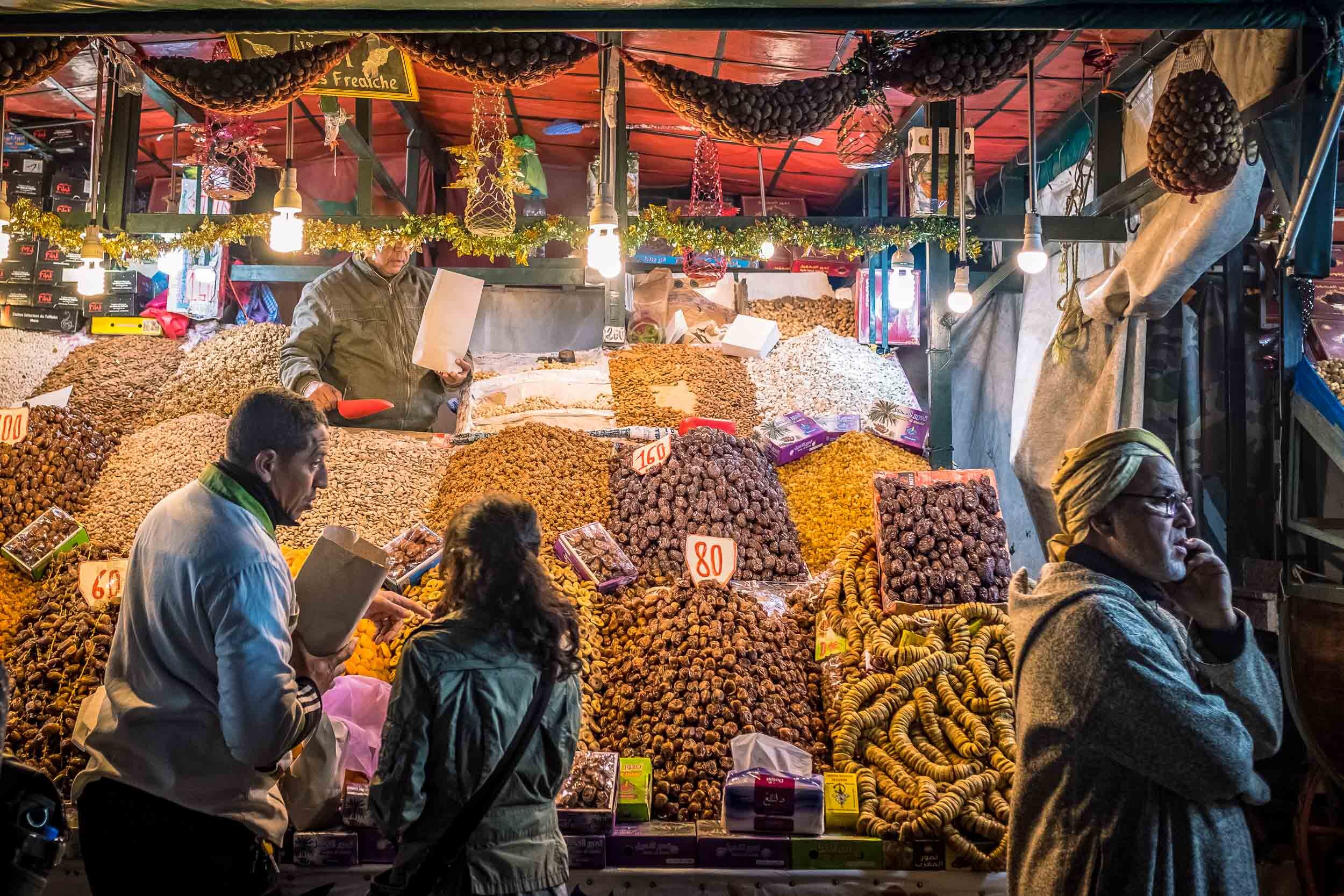
Practical Tips for a Stress-Free Experience
Successfully navigating Morocco’s major souks requires both strategy and awareness. In Marrakech, enter from the northern end near the Musée de Marrakech rather than from Jemaa el-Fna to avoid the most aggressive touts. In Fes, hire an official guide for your first exploration—the medieval medina’s complexity makes independent navigation challenging. Always note distinctive landmarks—fountains, mosques, or particularly memorable shops—to help orient yourself. Shop in the morning when merchants are fresher and more open to negotiation. Carry small change to avoid issues with merchants “not having change.” Dress comfortably with good walking shoes and a bag that zips securely. Learn basic directional Arabic—”yemin” (right), “shmal” (left), “ala tul” (straight)—to help with navigation. These practical tips transform the potentially overwhelming souk experience into an enjoyable adventure of discovery..
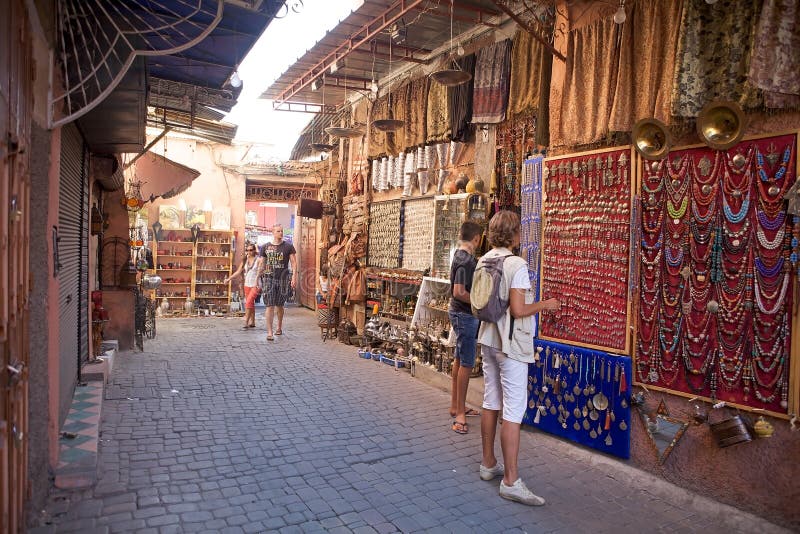
Quick Reference Table: Ethical Souk Shopping
|
Do’s |
Don’ts |
|
Bargain respectfully starting at half the price |
Accept the first price offered |
|
Buy from rural cooperatives |
Shop at large, bus-filled stores |
|
Ask about artisans and production methods |
Purchase counterfeit or imported goods |
|
Carry cash and small bills |
Rely solely on credit cards |
|
Support social enterprises like Amal Centre |
Exploit vendors by refusing to pay fair prices |
Conclusion
Shopping in Morocco’s souks can be a highlight of your trip if approached with knowledge and respect. By prioritizing ethical practices, supporting local artisans, and embracing the cultural experience, you’ll bring home meaningful souvenirs that tell a story. Remember, the goal isn’t just to find a bargain—it’s to create connections and contribute positively to the communities you visit.
For personalized shopping tours or recommendations, contact Prime Morocco Tours to ensure a seamless and enriching experience!
BRING HOME MORE THAΝ A SOUVENIR
Navigate Morocco’s vibrant souks like a pro. Our guides help you spot authentic crafts, bargain respectfully, and support local artisans—turning shopping into a meaningful cultural exchange.
